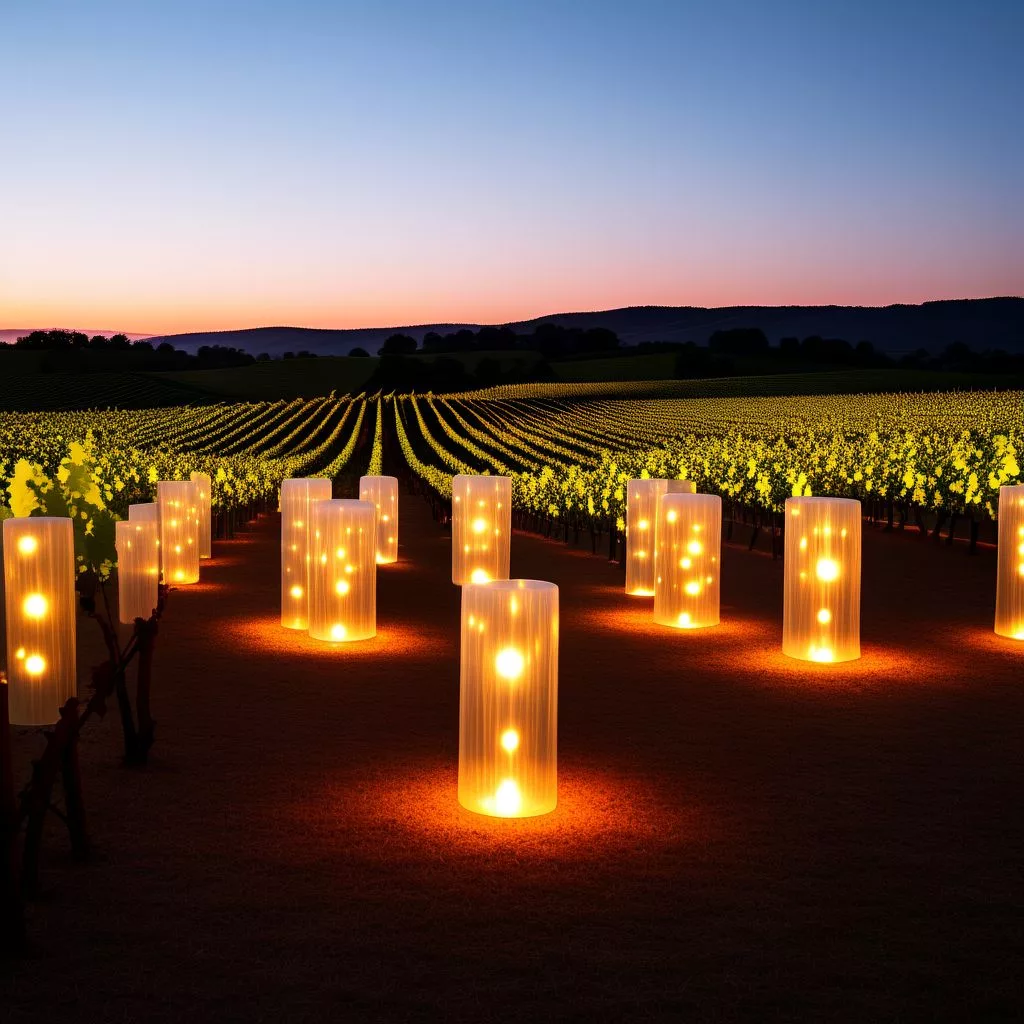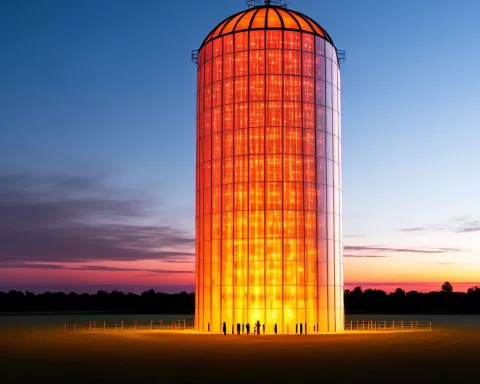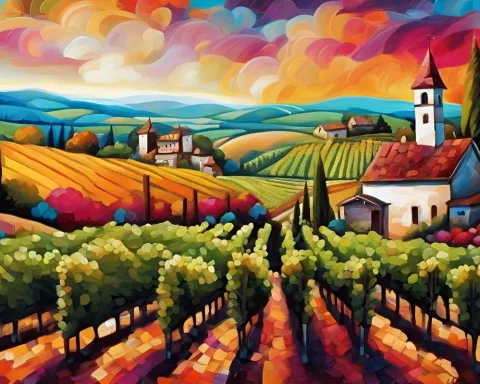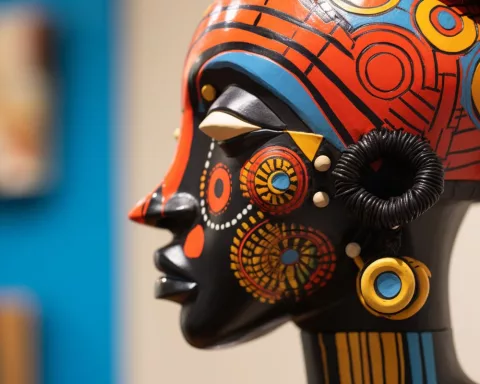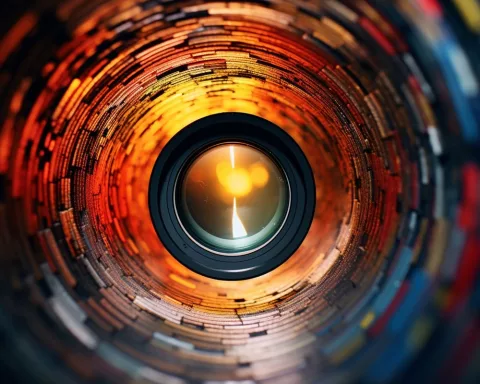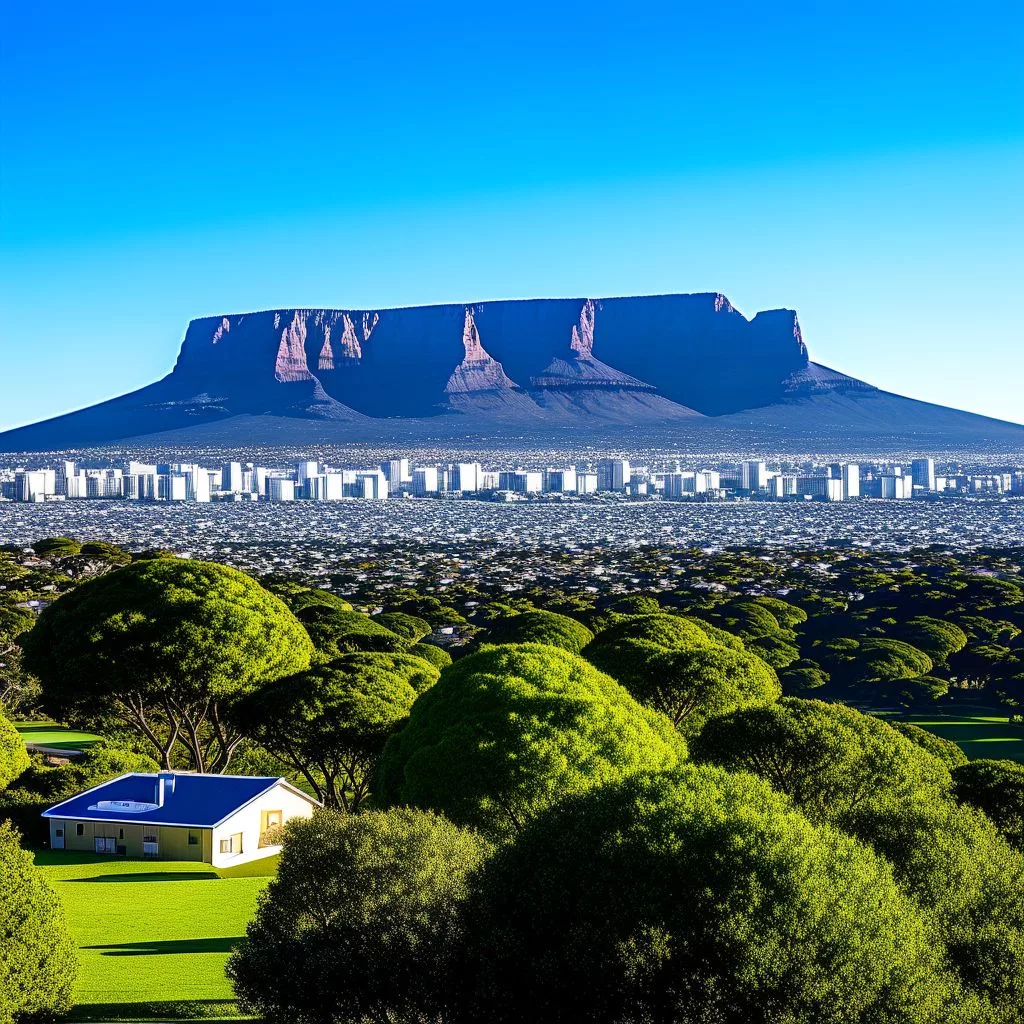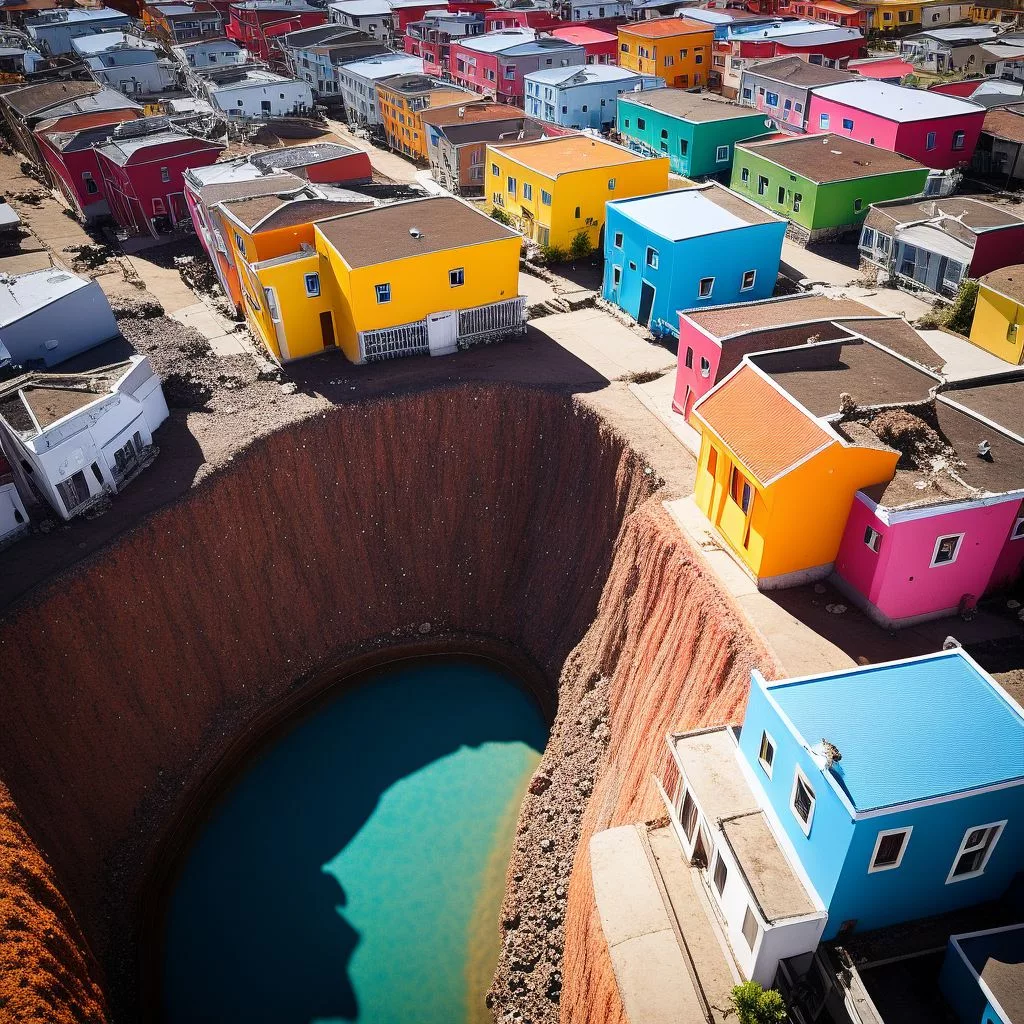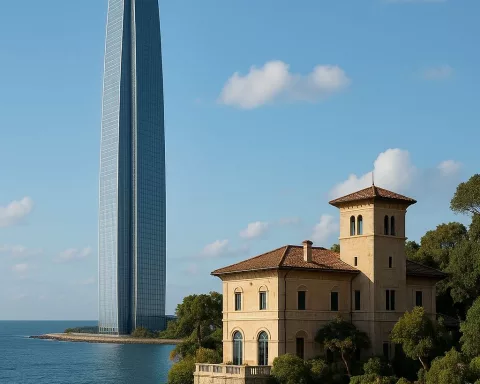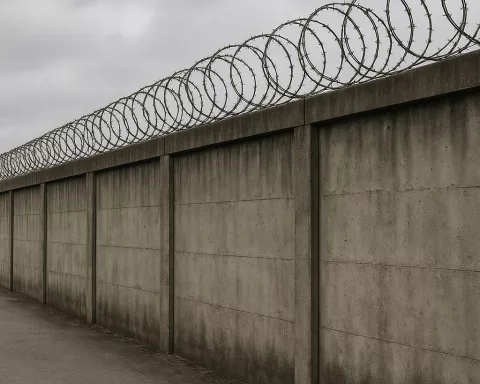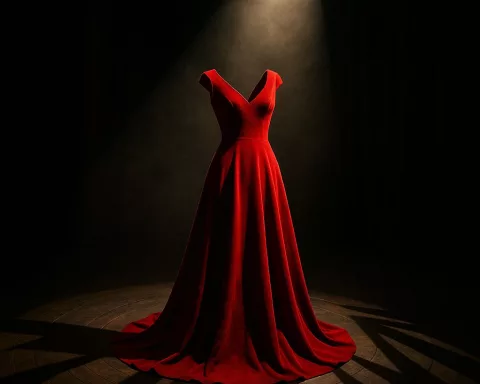The Spier Light Art Exhibition in Stellenbosch is a magical outdoor event that turns a quiet vineyard into a glowing playground of light and creativity. Artists from near and far use colorful lights to tell stories about history, community, and technology, inviting visitors to explore and interact with the shining artworks. As night falls, the farm transforms into a living canvas where light dances, sparks imagination, and connects people through shared wonder. This event is more than art—it’s a joyful celebration of light’s power to inspire and unite.
What is the Spier Light Art Exhibition?
The Spier Light Art Exhibition is an annual outdoor event in Stellenbosch showcasing contemporary light art. It features interactive installations by local and international artists, transforming the vineyard landscape into a dynamic living canvas that explores themes of history, community, and technology through innovative light displays.
Transforming the Night: The Power and Freedom of Light
As evening settles over Stellenbosch’s Spier Wine Farm, an extraordinary transformation begins. The ordinary landscape, with its tranquil vineyards and gardens, becomes an immersive stage set aglow by inventive displays of artificial light. The annual Spier Light Art exhibition, welcoming visitors through April 21, 2025, invites all to step into a reimagined world where the familiar merges with the fantastical. The boundary between day and night becomes fluid, and the environment pulses with new possibilities as the farm’s spaces awaken under the curated glow of contemporary light installations.
Artificial light has always stood for more than mere visibility—it announces autonomy, possibility, and at times, contradiction. Artist Félix González-Torres once pointed out how light can both connect and divide, dissolving the barriers between personal and communal spheres. At Spier, this tension becomes palpable as visitors move among the radiant displays. The words of Ursula K. Le Guin—“I had forgotten how much light there is in the world, till you gave it back to me”—resonate here, reminding us that illumination has the power to awaken, to reveal, and to transform. Light, so often overlooked, emerges as both subject and medium in this captivating exhibition.
Spier Light Art stands apart as one of Africa’s few events dedicated solely to contemporary light art, giving voice to creative innovation in the Global South. Unlike the stark confines of a traditional gallery, Spier’s expansive outdoor setting encourages exploration without constraint. People don’t simply look—they journey, interact, and become participants in the unfolding narrative. The exhibition’s open-air design empowers each visitor to create a unique path, transforming the landscape into a living constellation of light and experience.
Curating Exploration: Structure and Serendipity
Curators Vaughn Sadie and Jay Pather shape the exhibition as an open, organic journey rather than a prescriptive experience. “There’s no hierarchy,” Pather emphasizes, reflecting the exhibition’s resistance to the typical “white cube” format of conventional galleries. Instead, the farm’s terrain and layered history guide the visitor’s movement. People might pause by the reflective lake, their thoughts catching on the shimmer of light, or they might cross rustic bridges to encounter installations that surprise or provoke. This approach draws inspiration from the Situationist practice of the dérive—a meandering drift through space where meaning gathers through movement and chance encounters.
Despite this sense of freedom, the exhibition remains thoughtfully curated. Since 2018, Spier Light Art has championed boundary-pushing experimentation, interactivity, and collaboration. Each year, an open call invites artists, designers, students, and collectives from across South Africa and beyond to submit their visions. The curatorial team selects sixteen standout proposals, challenging creators to reinterpret the farm’s landscape through the lens of light. The result is a dynamic conversation, with each installation acting as a node in a web of ideas that spans genres, traditions, and perspectives—a true showcase of African ingenuity and invention.
The works themselves tackle diverse themes, yet all remain rooted in the exploration of light’s paradoxes. Some installations address issues of surveillance and power, using beams and floodlights that recall the high security of borders or checkpoints. Swiss artist Florian Bach, for example, delves into the ways that illumination can oscillate between providing safety and imposing control. Other pieces evoke comfort and communal memory, employing gentle glows or inviting interaction to create spaces of warmth and connection. The interplay between vigilance and sanctuary, exposure and intimacy, weaves through the exhibition, inviting visitors to reflect on their own relationships with light and space.
Land, Labor, and the Echoes of History
Spier Wine Farm, with its deep colonial roots and agricultural legacy, offers more than a picturesque setting for art—it serves as both canvas and subject. Several installations respond directly to the land’s layered past, referencing histories of cultivation, dispossession, and endurance. While nodding to the principles of Land Art, Spier’s approach centers multiple narratives, particularly attuned to South Africa’s complex and contested terrains. In this context, light becomes not just an artistic tool but a means of remembrance, dialogue, and renewal.
A particularly moving project this year comes from Swiss artist Sophie Guyot, who collaborates closely with Spier’s agricultural workers. Through workshops, participants share their stories and dreams, co-creating a text-based light installation that captures their visions for the future of farming. This work brings quiet activism to the fore, illuminating the voices and aspirations of those who sustain the land yet often remain on the outskirts of contemporary art conversations. The resulting piece offers a gentle but insistent call for recognition and solidarity, bridging personal experience with collective identity.
Technology, too, plays a vital role in shaping the exhibition’s narrative. Some installations reference the broader realities of South African society, subtly alluding to challenges in electricity access and energy equity. Others revel in the playful potential of modern tools, from the shifting colors of LEDs to the intricate choreography of projection mapping and kinetic devices. This blend of analogue and digital echoes the traditions of kinetic art pioneers, who blurred boundaries between engineering and aesthetics. At Spier, these technological experiments feel especially fitting, reinforcing the theme of transformation—of spaces, of perspectives, and of community.
Community, Connection, and the Magic of the Night
Despite the serious undertones, Spier Light Art never loses its sense of play. Humor and delight shine throughout the exhibition, whether in unexpected materials, clever juxtapositions, or sly nods to pop culture. These moments punctuate the experience, offering levity and encouraging visitors of all ages to engage and enjoy. Children dart from one glowing piece to another, laughter trailing behind them, while adults linger, drawn into contemplation by a particularly evocative work or intrigued by a technical marvel.
The exhibition’s impact extends well beyond individual installations. Since its inception, Spier Light Art has welcomed upwards of 12,000 visitors each year, transforming the farm into a nocturnal meeting ground for families, students, tourists, and locals. Free entry ensures that the event remains accessible to all, breaking down barriers that often separate art from the wider public. This spirit of openness fosters community ownership and exchange, echoing the principles of relational aesthetics and emphasizing art’s potential as a social catalyst.
International collaboration remains central to Spier’s vision. The festival’s structured residency program brings together creators from diverse backgrounds, sparking dialogue across borders and disciplines. This year’s participation by Swiss artists, for instance, enriches the conversation, highlighting both local narratives and their resonance in a global context. Artistic exchange becomes a two-way street, as outsiders respond to the unique conditions of the Cape landscape, while South African voices assert their place on the world stage.
Spectral imagery recurs throughout the exhibition, with several installations drawing on indigenous cosmologies or invoking the “ghosts and hauntings” embedded in the land. Light thus becomes a bridge—a way to connect the visible with the invisible, the present with the past, the known with the mysterious. These works evoke theorists like Gaston Bachelard, who understood illumination as both a physical reality and a metaphor for the creative process itself.
Now in its seventh year, Spier Light Art continues to evolve, responding to the shifting social, political, and technological landscape of South Africa and beyond. Each new edition introduces fresh voices and perspectives, yet the central mission endures: to use the language of light as a tool for questioning, connecting, and celebrating. As visitors wander the illuminated grounds, they create personal journeys while participating in a larger communal experience. Ultimately, the true magic of Spier Light Art lies in its ability to hold contradictions—to be joyful and reflective, rooted in place but open to the world, brilliantly lit yet always attentive to the shadows that shape our collective story.
What is the Spier Light Art Exhibition?
The Spier Light Art Exhibition is an annual outdoor event held at Spier Wine Farm in Stellenbosch, South Africa. It showcases contemporary light art installations created by local and international artists. The exhibition transforms the vineyard landscape into a dynamic living canvas where light explores themes like history, community, and technology. Visitors can interact with the artworks, making the experience immersive and engaging beyond traditional gallery settings.
When and where does the exhibition take place?
The exhibition takes place at Spier Wine Farm in Stellenbosch, a picturesque wine region near Cape Town. It is an evening event running through April 21, 2025, allowing visitors to experience the artworks as darkness falls and the farm transforms under innovative light displays.
How does the exhibition engage with local history and community?
Many installations respond directly to the land’s layered history and the stories of the people connected to it. For example, a collaborative project with Spier’s agricultural workers shares their experiences and dreams through a text-based light installation. The exhibition acknowledges the farm’s colonial past and ongoing agricultural traditions, using light as a medium for remembrance, dialogue, and social activism. This approach highlights often overlooked voices and fosters connection and solidarity.
What kinds of artistic styles and technologies are featured?
The exhibition features a diverse range of styles, from interactive LED displays and projection mapping to kinetic sculptures and text-based installations. Artists explore light’s paradoxes—its ability to provide safety and control, evoke intimacy and exposure, or bridge the physical with the metaphysical. The fusion of analogue and digital technologies creates visually stunning and thought-provoking experiences, reflecting both South Africa’s contemporary realities and broader global dialogues.
Who curates the exhibition and how is it organized?
Curators Vaughn Sadie and Jay Pather design the exhibition as a non-linear, exploratory journey rather than a fixed route. Visitors are encouraged to wander freely across the vineyard, discovering installations in unexpected places such as near lakes or rustic bridges. The event features sixteen selected works each year, chosen through an open call that invites artists, designers, and collectives from South Africa and beyond. This organic structure promotes serendipity, interaction, and personal interpretation.
Is the exhibition accessible and suitable for all ages?
Yes! The Spier Light Art Exhibition is free to enter and open to all ages. It is designed to be family-friendly, with playful and humorous elements that engage children and adults alike. The open-air setting and interactive nature invite visitors to explore at their own pace, making it an enjoyable and inclusive cultural experience that fosters community connection and shared wonder.

